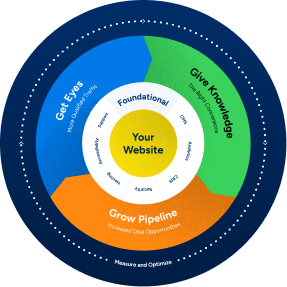Social media marketing and advertising may sound the same, but they have some major differences that set the two apart.
Paid or Unpaid?
Social media marketing is unpaid marketing that you would take advantage of on a social media channel. For example, let’s say you own a company that sells custom sneakers. You could post organically (or unpaid) on your sneaker’s business profile for all your fans, customers, and prospects to see. It’s a great way to stay engaged with all your page followers and profiles for no cost.
Social media advertising, on the other hand, is any action you take on your social media channel that is paid. This usually involves creating a campaign with custom audiences that you want to target or might have a high interest in your brand and what it sells or produces.
Number of Customers
Social media marketing can be a little more tedious if you don’t have that many followers. Since you are posting organically on your social media business profile, you are only going to appear to those followers or profiles that have followed your page or liked your page. It can be hard to grow a small company when using traditional social marketing marketing, but it can happen over time.
Social media advertising allows you to pick your audience, which can range from 100 people to over a million people. Let’s go back to our example of the custom sneaker company. Imagine competing against Nike who has millions of customers worldwide? This might be difficult for the local sneaker business taking advantage of social media marketing, so you might have the upper hand utilizing advertising in this scenario.
Amount of Posts
Social media marketing can be great if you use a third party marketing tool to help keep track of your posts. Hubspot, for example, allows you to draft and schedule posts throughout all your social media business profiles. This makes it easy to sit down for a few hours, write out all your content you want to share, and publish them throughout a course of a few weeks or a month. You could also write them daily, but there are plenty of tools out there to make this posting process a lot easier for you.
Social media advertising is similar in a sense. Here you can write out your content, attach the images or videos you want to use in your advertisements, and publish. Social media ads don’t show at a particular time but rather sporadically throughout the day and depending on who you want to show your ad to. This all goes back to your audiences you’ve created.
Social Media Performance
Social media marketing is harder to gauge in terms of how much traffic you’ve received, but it’s good to see who has interacted with your post. What we mean by this is you are able to look at likes, comments, and other engagements a person might’ve had with your social media marketing post. If you have tracking on your website, you can also see how many people clicked on a link in your post, if you had one, and converted later on your website.
Social media advertising is great for statistics and performance metrics. In each social media platform, you are able to see exactly how many people viewed your advertisement versus how many of those people only saw it once. You can also see how many leads you receive if you want to track conversions. These are only a few metrics among the many available to you in a social media advertising account.
Communication
Both social media marketing and advertising are great for communication. Depending on the platform you use, messaging and call formats are available in each, just in different ways. For example, Facebook allows you to personal message you a company or brand right from their page. On the other hand, Twitter and Instagram have DMs, or direct messages, that also allow you to message them in a private window.
How They Work Together
Social media marketing and social media advertising also go hand in hand. Have you ever heard of an inbound marketing strategy and how many different segments there are to that? Social media marketing is similar in the sense that it includes advertising in its strategy, too.
What we mean by this is that when you start a social media marketing strategy, one of the final steps you can take in the process is taking advantage of social media advertising, as well. When you already have your marketing strategy configured and ready to go, it’s always a good idea to consider adding an advertising path. This can help boost overall performance and also navigate you to the most efficient and beneficial tactic at the end of the day – paid or unpaid.

